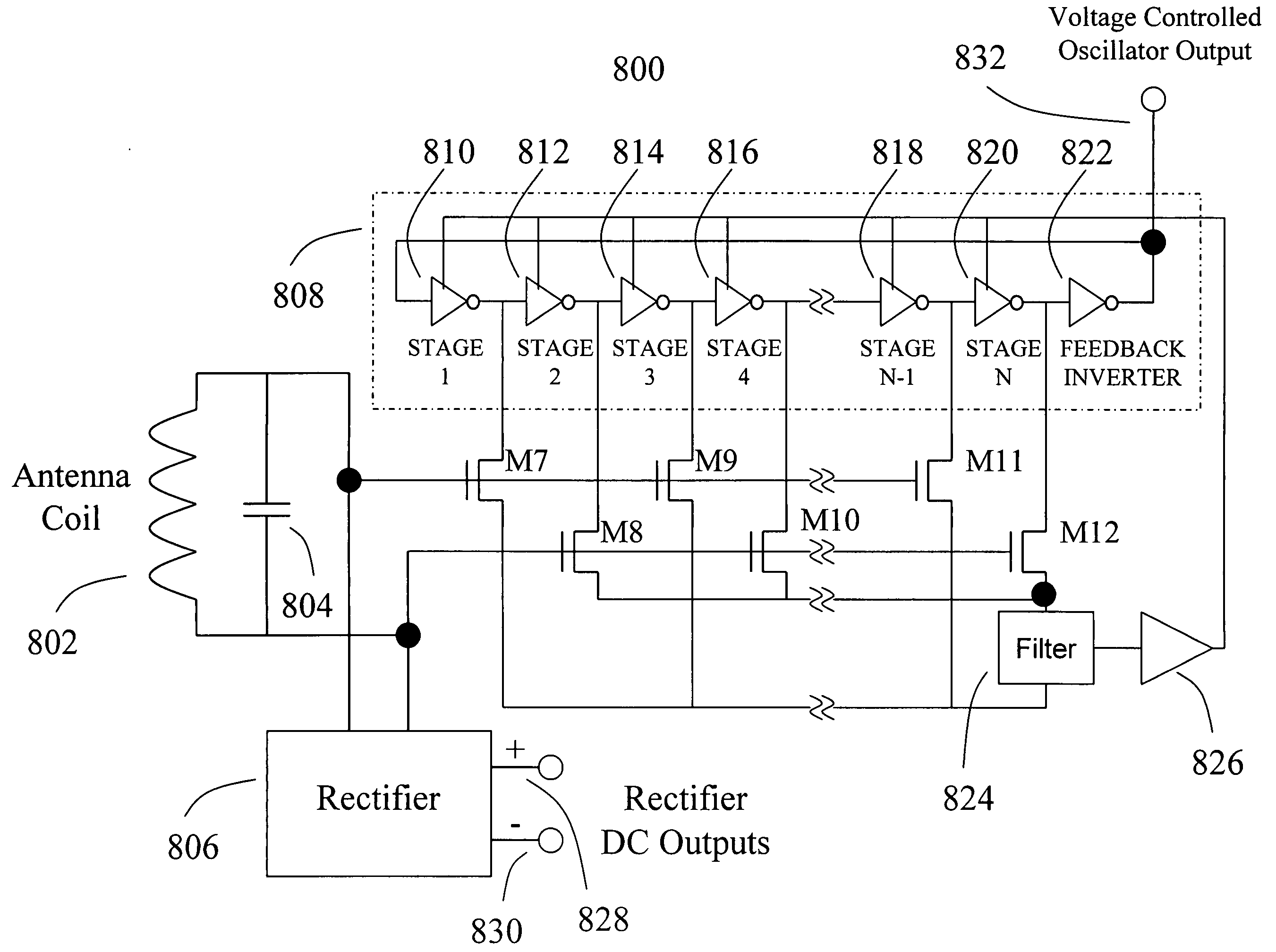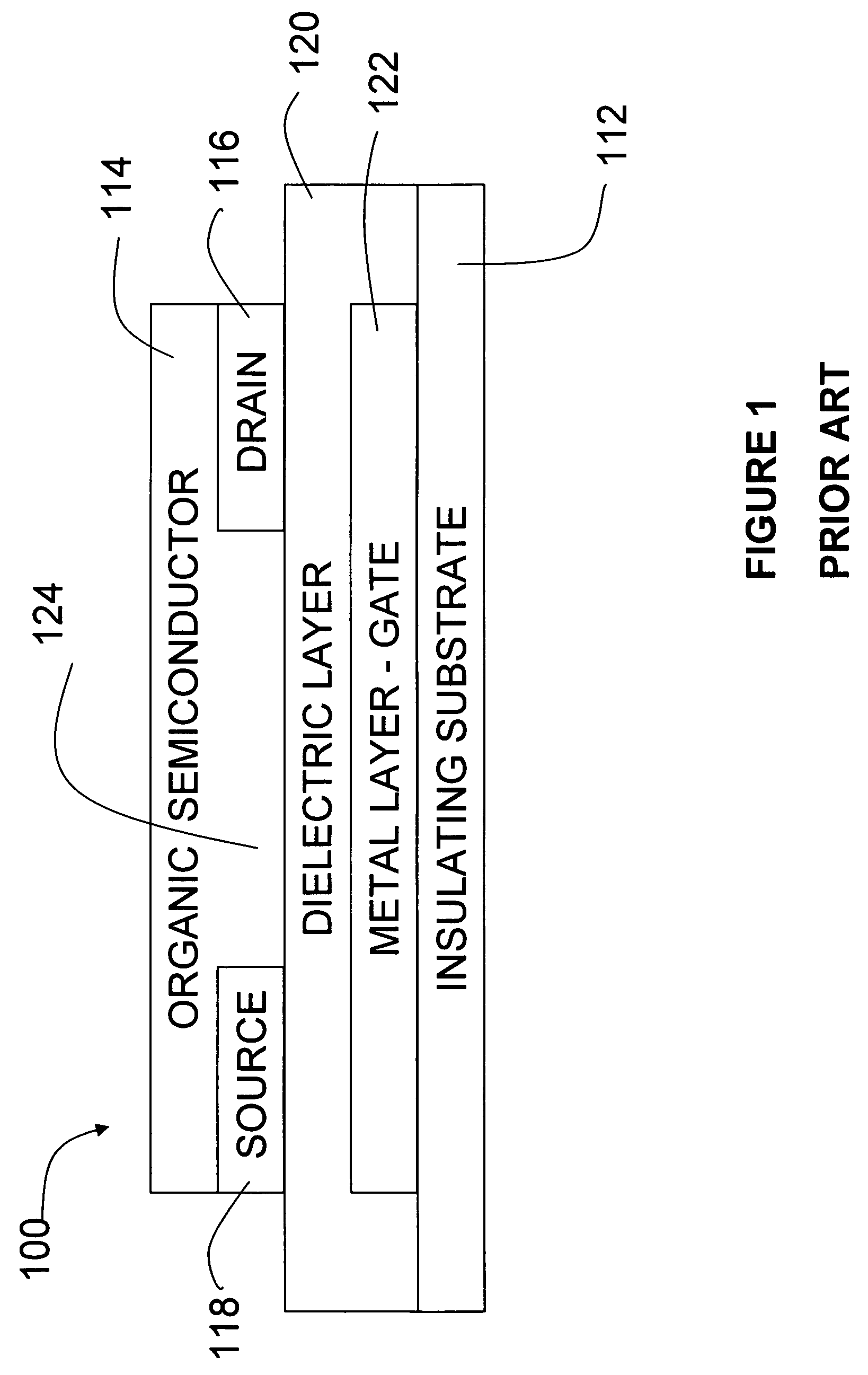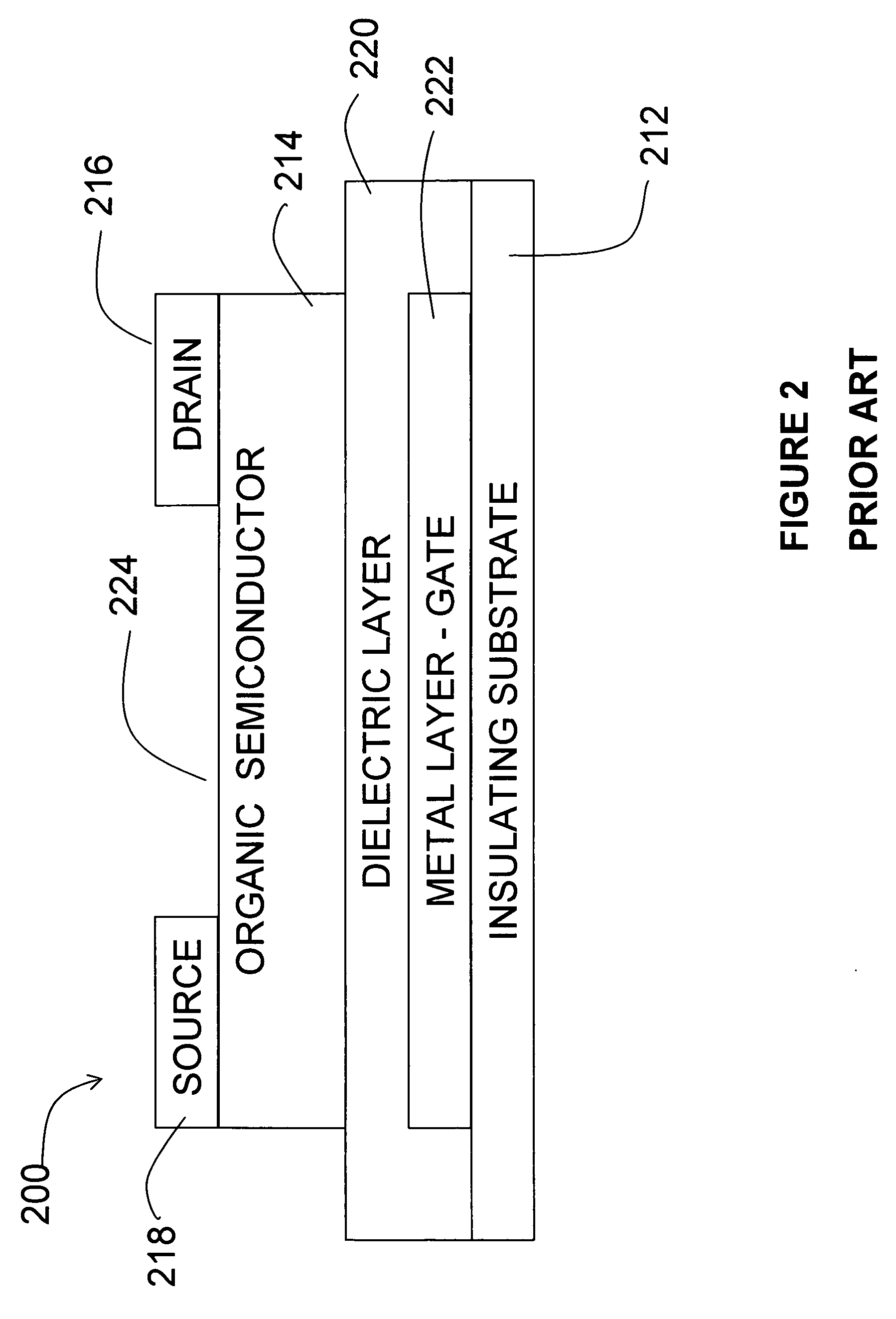Non-quasistatic phase lock loop frequency divider circuit
a phase lock loop and frequency divider technology, applied in the field of phase lock loop circuit and frequency division method, can solve problems such as large signal voltage at the gates, and achieve the effect of easy operation
- Summary
- Abstract
- Description
- Claims
- Application Information
AI Technical Summary
Benefits of technology
Problems solved by technology
Method used
Image
Examples
first embodiment
[0031] Referring now to FIG. 5 a phase lock loop frequency divider 500 according to the present invention includes first and second input terminals for receiving a differential input signal from antenna coil 502 and an output terminal 532 for providing a synchronous output signal, which is generated by voltage controlled oscillator 508. A capacitor 504 is coupled between the first and second input terminals. The voltage controlled oscillator 508 comprises delay stages 510, 512, 514, 516, 518 and 520, as well as feedback inverter stage 522. The inverting stage 522 may be included as part of stage 520 depending on the implementation of stage 520. The delay stages include an delay control input fed by loop amplifier 526. The voltage controlled oscillator 508 implements a ring oscillator. Each delay stage in the voltage-controlled oscillator provides time delay and phase inversion of the pulse signal passing through the oscillator loop. The feedback inverter 522 guarantees that the tota...
second embodiment
[0042] Referring to FIG. 10, a delay circuit 1000 to be used in the voltage-controlled oscillators 508 or 808 comprises PMOS transistors M105, M106, M107 and M108. Transistor M105 has its source connected to the positive power supply its gate to the delay stage input 1002 and its drain to the gate of transistor M108. Transistor M106 has its source connected to the gate of transistor M108, its gate to delay control input 1006 and its drain connected to power supply ground. Transistor M108 has its source connected to delay stage output 1004, its gate to the drain of M105 and its drain connected to power supply ground. Transistor M107 has its source connected to positive power supply, its gate connected to a bias voltage 1008 and its drain connected to stage delay output 1004. Transistors M105 and M106 operate as in previously described delay cell 900. Transistors M107 and M108 operate as a voltage level shifter. The level shifter improves signal compatibility between oscillator delay ...
third embodiment
[0043] Referring to FIG. 11, a delay circuit 1100 to be used in the voltage-controlled oscillators 508 or 808 comprises PMOS transistors M114, M115, M116, M117 and M118. Transistor M114 has its source connected to the positive power supply, its gate to the delay stage input 1102 and its drain to the sources of transistors M115 and M116. M115 and M116 are configured as a differential amplifier with their gates connected to the positive input 1104 and negative input 1106, respectively and their drains connected to the negative output 1110 and positive output 1108, respectively. Load transistors M116 and M118 have their drains connected to the power supply ground. M116 and M118 are constant-current source connected with their gates connected to their associated drains. The drain of M116 is connected to the negative output 1110 and the drain of M118 is connected the positive output 1108. Change in the voltage at the delay control input 1102 causes a change in available current to be swi...
PUM
 Login to View More
Login to View More Abstract
Description
Claims
Application Information
 Login to View More
Login to View More - R&D
- Intellectual Property
- Life Sciences
- Materials
- Tech Scout
- Unparalleled Data Quality
- Higher Quality Content
- 60% Fewer Hallucinations
Browse by: Latest US Patents, China's latest patents, Technical Efficacy Thesaurus, Application Domain, Technology Topic, Popular Technical Reports.
© 2025 PatSnap. All rights reserved.Legal|Privacy policy|Modern Slavery Act Transparency Statement|Sitemap|About US| Contact US: help@patsnap.com



